 A simple protein has been found to rebuild joints after injuries, accidents, or even onset of osteoarthritis.
A simple protein has been found to rebuild joints after injuries, accidents, or even onset of osteoarthritis.
This was proven in a new study in Science Translational Medicine.
When people injure a joint—whether from sports, accidents, or repetitive movement—it often results in something called an osteochondral defect.
That means damage to both the cartilage and the bone just underneath it.
These injuries are often harmful because cartilage doesn’t heal easily. And if it doesn’t heal properly, it leads to osteoarthritis.
Worst of all, there is currently no real way to repair damaged joints. Arthritis treatments merely manage the symptoms.
So, if there is a way to stop that process before it starts—or even reverse joint damage once it’s underway—that’s a big deal.
And this is what the scientists at Queen Mary University of London wanted to find.
The team had noticed something interesting in their previous research:
People with less of the protein agrin in their joints tended to have more severe osteoarthritis.
This observation made them wonder: could it help to add agrin to damaged joints?
They started their journey with mice.
They created a serious joint injury that normally wouldn’t heal on its own—and injected the site with agrin.
And their intuitions proved to be right.
-
1. Agrin attracted the body’s own repair cells, called progenitor cells, to the damaged area.
2. Agrin activated one healing pathway (CREB) while blocking another that usually limits cartilage growth (WNT signaling).
3. This process turned these progenitor cells into new, stable cartilage cells called chondrocytes. The new cartilage closely resembled healthy joint tissue.
4. Agrin also helped restore the bone underneath the cartilage.
5. Amazingly, it kept working long after the injection—promoting lasting repair.
They then tried the same technique in sheep, using a collagen gel containing agrin.
This time, they saw not only joint healing, but also improvements in movement and physical activity—signs that the animals were truly recovering.
The researchers have now launched a new company to bring this treatment to human patients.
And the goal isn’t just repair—it’s prevention.
Half of all joint injuries eventually lead to osteoarthritis.
But if agrin can fix the damage before arthritis develops, it could halt that downward spiral.

 Overcoming IBD
Overcoming IBD Multiple Sclerosis
Multiple Sclerosis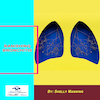 Banishing Bronchitis
Banishing Bronchitis Gum Disease Gone
Gum Disease Gone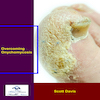 Overcoming Onychomycosis
Overcoming Onychomycosis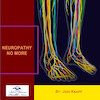 Neuropathy No More
Neuropathy No More The Prostate Protocol
The Prostate Protocol Brain Booster
Brain Booster
 Ironbound
Ironbound
 Solution for Shingles
Solution for Shingles
 The Bone Density Solution
The Bone Density Solution
 The Ultimate Healing Protocol
The Ultimate Healing Protocol
 The Parkinson's Protocol
The Parkinson's Protocol
 The Chronic Kidney Disease Solution
The Chronic Kidney Disease Solution
 Overthrowing Anxiety
Overthrowing Anxiety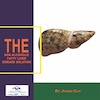 The Fatty Liver Solution
The Fatty Liver Solution The Hypothyroidism Solution
The Hypothyroidism Solution
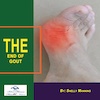 The End of Gout
The End of Gout The Blood Pressure Program
The Blood Pressure Program
 The Oxigized Cholesterol Strategy
The Oxigized Cholesterol Strategy
 Stop Snoring And Sleep Apnea Program
Stop Snoring And Sleep Apnea Program
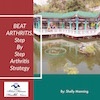 The Arthritis Strategy
The Arthritis Strategy The Vertigo & Dizziness Program
The Vertigo & Dizziness Program The 3-Step Diabetes Strategy
The 3-Step Diabetes Strategy Hemorrhoids Healing Protocol
Hemorrhoids Healing Protocol The Erectile Dysfunction Master
The Erectile Dysfunction Master Weight Loss Breeze
Weight Loss Breeze The IBS Program
The IBS Program The Insomnia Program
The Insomnia Program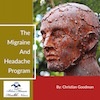 The Migraine and Headache Program
The Migraine and Headache Program The Neck Pain Solution
The Neck Pain Solution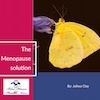 The Menopause Solution
The Menopause Solution The Ejaculation Master
The Ejaculation Master The TMJ Solution
The TMJ Solution The Acid Reflux Solution
The Acid Reflux Solution The Fibromyalgia Solution
The Fibromyalgia Solution The Psoriasis Strategy
The Psoriasis Strategy